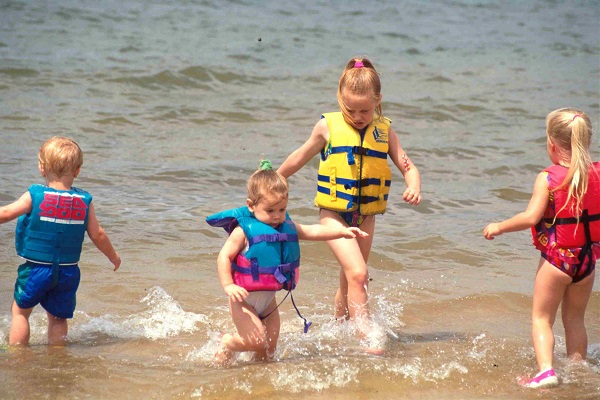

has eczema and is generally unwell – for example, has a fever and/or is sweating, feeding poorly or tired.has painful or eczema that has developed pus.is having trouble sleeping because the rash is so itchy.has eczema that hasn’t improved much after a few days, even though you’ve been treating it as usual.Take your child to see your GP if your child: Does your child need to see a doctor about eczema?
#Mild swimmers itch pictures skin#
Images: eczema on lighter skin (top) and darker skin (above). Teenagers might have patches of thick, inflamed, bumpy eczema anywhere on their bodies, including in the folds of their elbows, behind their knees, and around their necks, eyelids, ears and hands. Toddlers and preschoolers often have patchy eczema on their wrists, elbows, ankles and knees. Babies with nappy rash might have eczema in their nappy areas. They might also have scratches where they’ve tried to scratch the itch with their fingernails. When eczema is properly treated, the skin usually goes back to normal with no scarring.Įczema symptoms can vary depending on age.īabies might have eczema over large areas of their body, particularly their cheeks, heads and bodies. If eczema isn’t treated properly, the skin might look thickened and dry. If the infections are severe, your child might have fever, headache and tiredness. This leads to light-brown or yellow crusts, blisters or pain. Bacteria and viruses can get into the skin through these cracks, which causes infections. If small eczema patches aren’t treated quickly and properly, the rest of the skin can get inflamed and patches can spread.Įczema patches can also weep, develop cracks and even bleed, especially if your child scratches a lot. On children with darker skin, the patches might look brown, purple or grey. On children with lighter skin, the inflamed patches might look red. Eczema symptomsĬhildren with eczema have very itchy, scaly, bumpy, inflamed patches of skin. This can help you identify the triggers for your child’s flare-ups, and your child can avoid these triggers in future. If your child has eczema, it’s a good idea to keep a diary of your child’s eczema flare-ups and what’s going on when they happen – for example, where your child is, what they’re wearing, what they’re doing and so on. overheating with clothing, blankets or heatersīut there’s often no obvious cause for a flare-up.exposure to allergens like dust mites or animal fur.



 0 kommentar(er)
0 kommentar(er)
